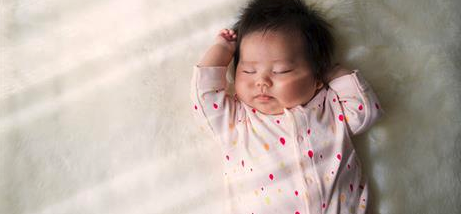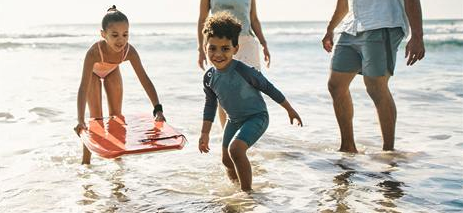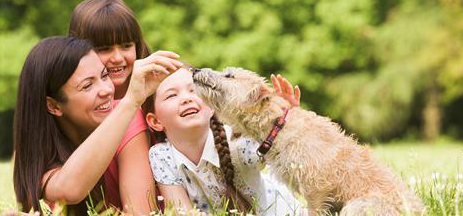New parents understand that getting their baby to sleep through the night is a gradual process. Each baby is unique in their sleep patterns, but frequent waking every one to two hours is common.
It can be challenging for exhausted parents to avoid letting their baby sleep in unsafe places like their bed, sofa, or other risky areas, which can lead to sudden unexpected infant death (SUID).
Here are some strategies to ensure your baby sleeps safely while you're also trying to rest.
Establish Simple, Consistent Routines
Implement the same steps every day for naptime and bedtime. Work with your partner to develop a routine that you can both follow, such as giving a bath, rocking, swaddling, and placing your baby on their back in a crib or bassinet. Avoid padding, bumpers, blankets, and toys in the crib to prevent suffocation. While it may seem overwhelming initially, consistent practice will make the routine easier.
Stay Alert During Feedings
Consider your level of fatigue before starting a feeding session. To minimize risks if you might fall asleep:
Avoid feeding on a couch or armchair.
Remove all items and bedding from the area.
Ask someone to stay with you while breastfeeding.
Have a light snack and stay hydrated if breastfeeding.
Set an alarm or listen to a podcast to stay awake. If you doze off while feeding, place your baby on their back in their crib or bassinet once you wake up.
Understand Your Baby's Sleep Patterns
It may be hard to believe, but newborns typically sleep 16 to 17 hours a day, waking every one to two hours at the end of each sleep cycle, which is normal. While your baby is your priority, it's also crucial to take care of your health. Nap or rest when your baby does and try to sleep right after their last feeding of the day.
Reduce Night Wakings
Although your baby needs to feed during the night, there are ways to help them fall back asleep quickly and rest well between feedings:
Keep nighttime feedings calm and boring with dim lights to signal it's time to sleep afterward.
Put your baby down while they're still slightly awake to encourage self-soothing.
Try various self-soothing techniques, like looking at your baby, speaking softly, and gradually moving to light touch or rocking. Allow time between steps to give your baby a chance to soothe themselves.
Accept Help
Parenting can be tough, and everyone needs help at times. If you're feeling overwhelmed, ask a trusted friend, family member, or experienced parent to assist so you can rest and focus on your baby's safe sleep. Explain your safe sleep routine and ensure everyone follows it.
Taking care of an infant is one of the most challenging tasks, but remember that you're doing your best, and it will get easier.
Important Reminder
Feeling exhausted and overwhelmed as a new parent is normal. If you're concerned about postpartum depression, talk to your doctor or reach out to your pediatrician for resources and support. Taking some time for self-care now will benefit both you and your baby in the long run.





